Photos: Twelve directors and the movies that made them
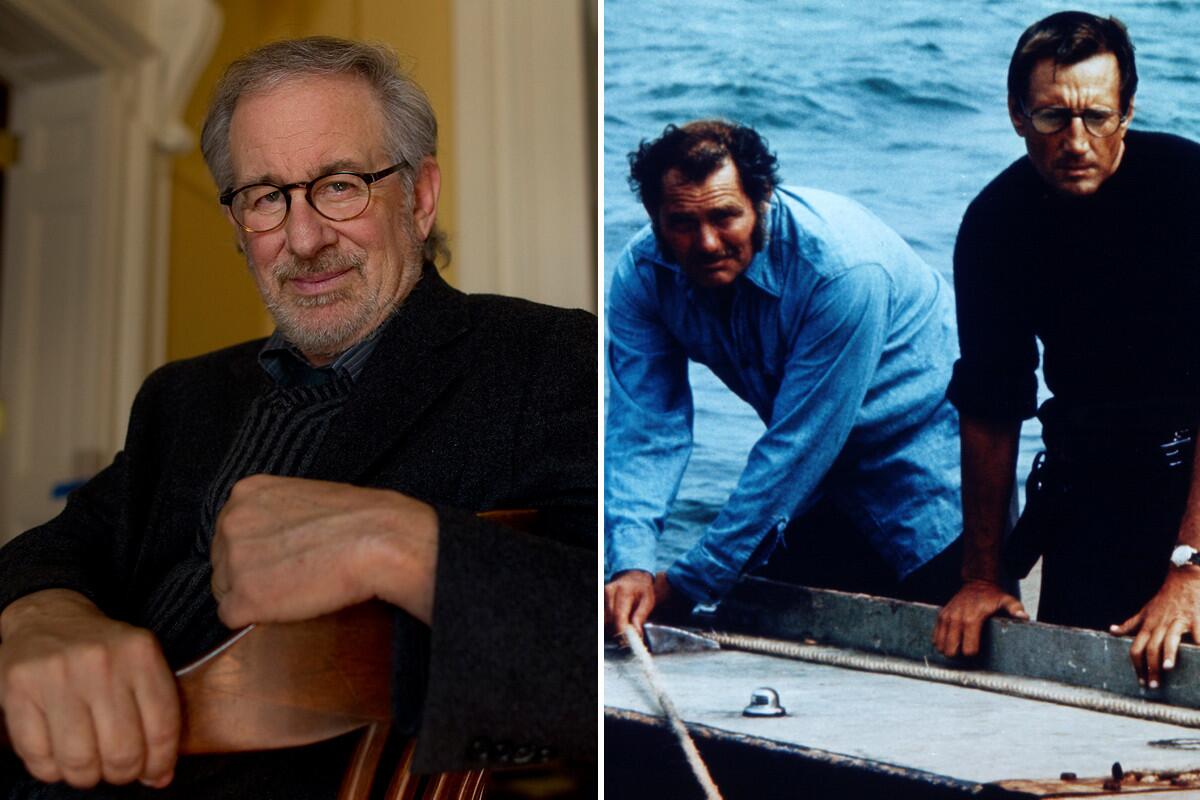
After Speilberg’s mega-hit “Jaws” (1975), with Robert Shaw and Roy Scheider, he was no longer just a director for hire, but a director who could sit in the main chair of any film he wanted. Speilberg was also credited with beginning the tradition of the summer blockbuster. (Robert Gauthier / Los Angeles Times; Universal Pictures )
A look at the films that propelled celebrated directors to prominence.
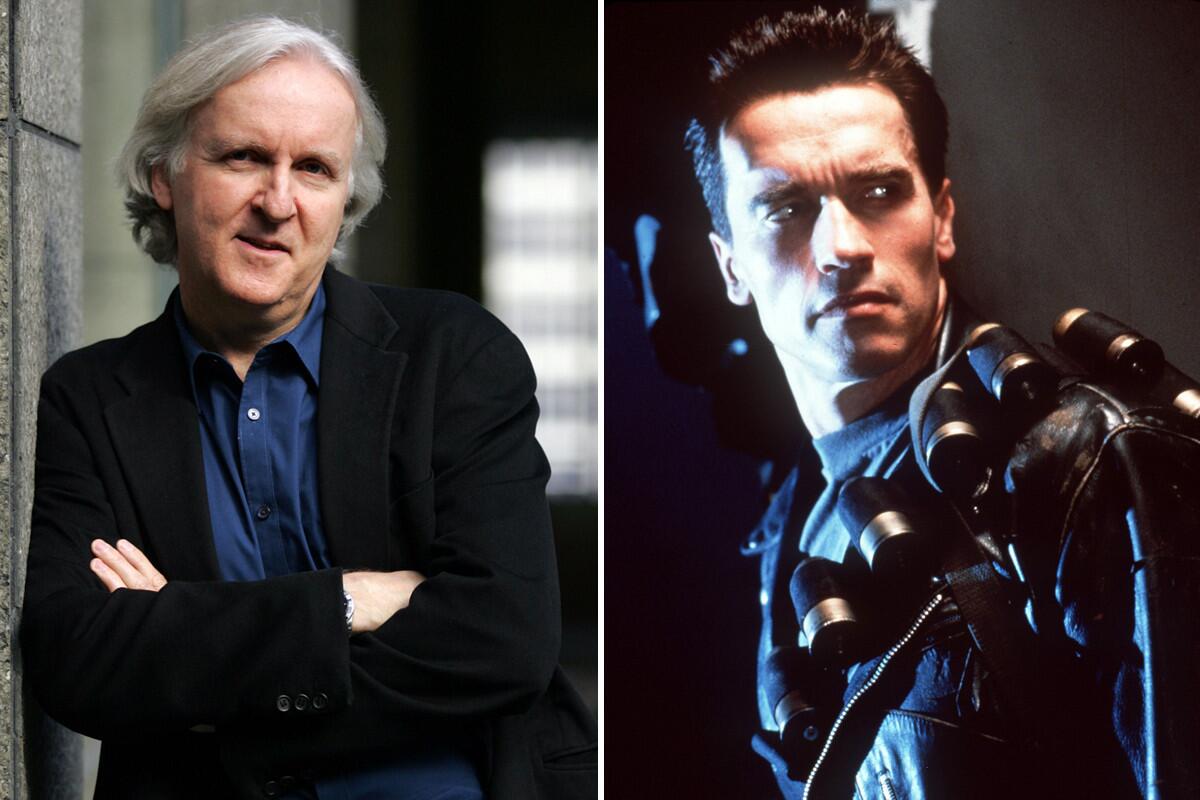
Cameron had been preparing himself for a career in visual effects by working for B-movie king Roger Corman. “The Terminator” (1984), starring Arnold Schwarzenegger, showcased those skills and offered a taste of what Cameron would continue to offer cinema. (Gary Friedman / Los Angeles Times; Artisan Home Entertainment)
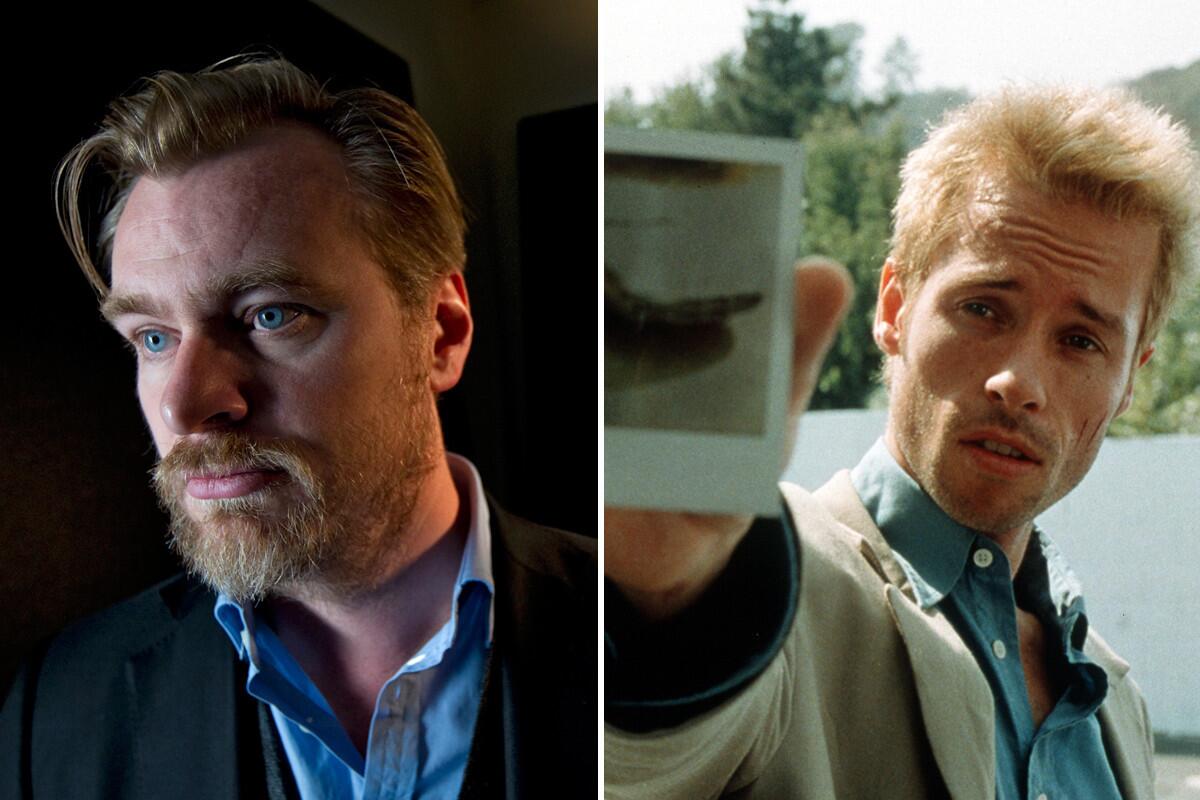
Nolan’s “Memento” (2001), starring Guy Pearce, generated buzz on the festival circuit, but took nearly a year before it spawned commercial success. It ultimately thrust Nolan into the limelight and to the Oscars, where he earned nominations for editing and screenplay. (Robert Gauthier / Los Angeles Times; Danny Rothenberg / Newmarket films )
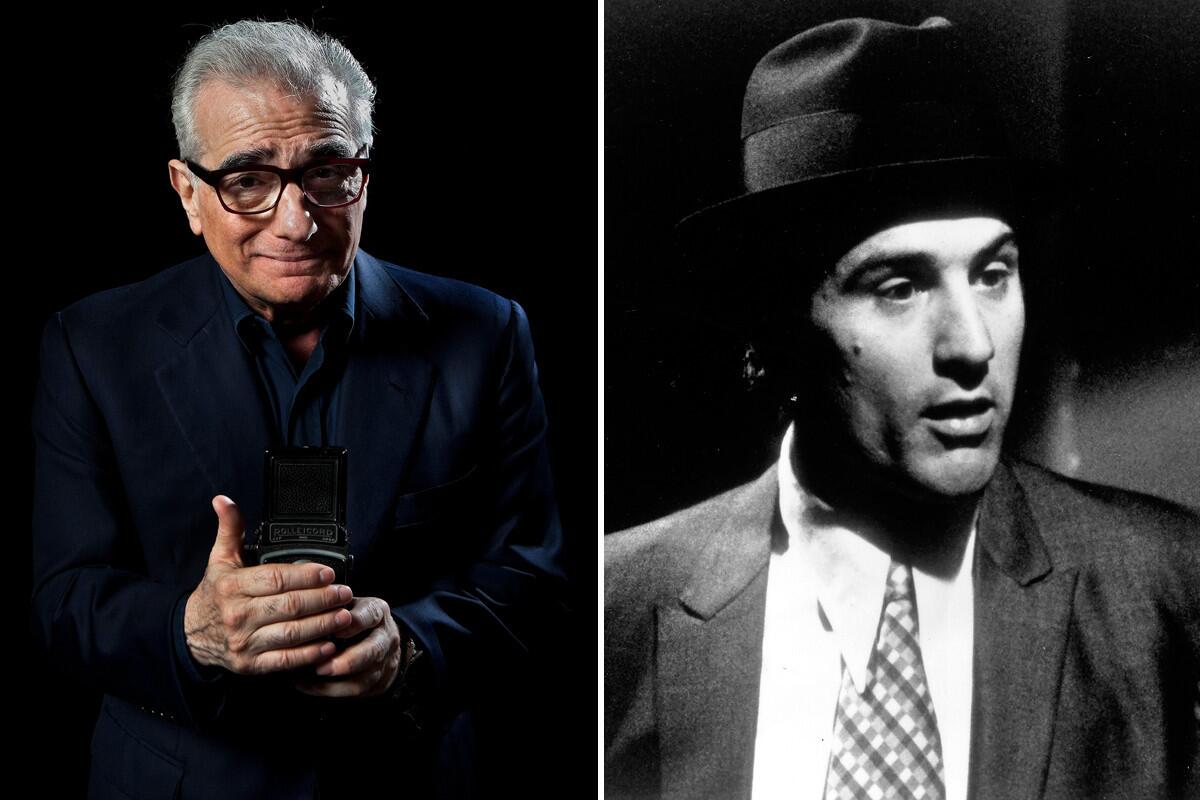
Scorsese’s “Mean Streets” (1973), with Robert De Niro, cemented his signature style of quick editing and contemporary music, along with recurring themes of guilt, redemption, violence and machismo. (Jay L. Clendenin / Los Angeles Times; Warner Bros.)
Advertisement
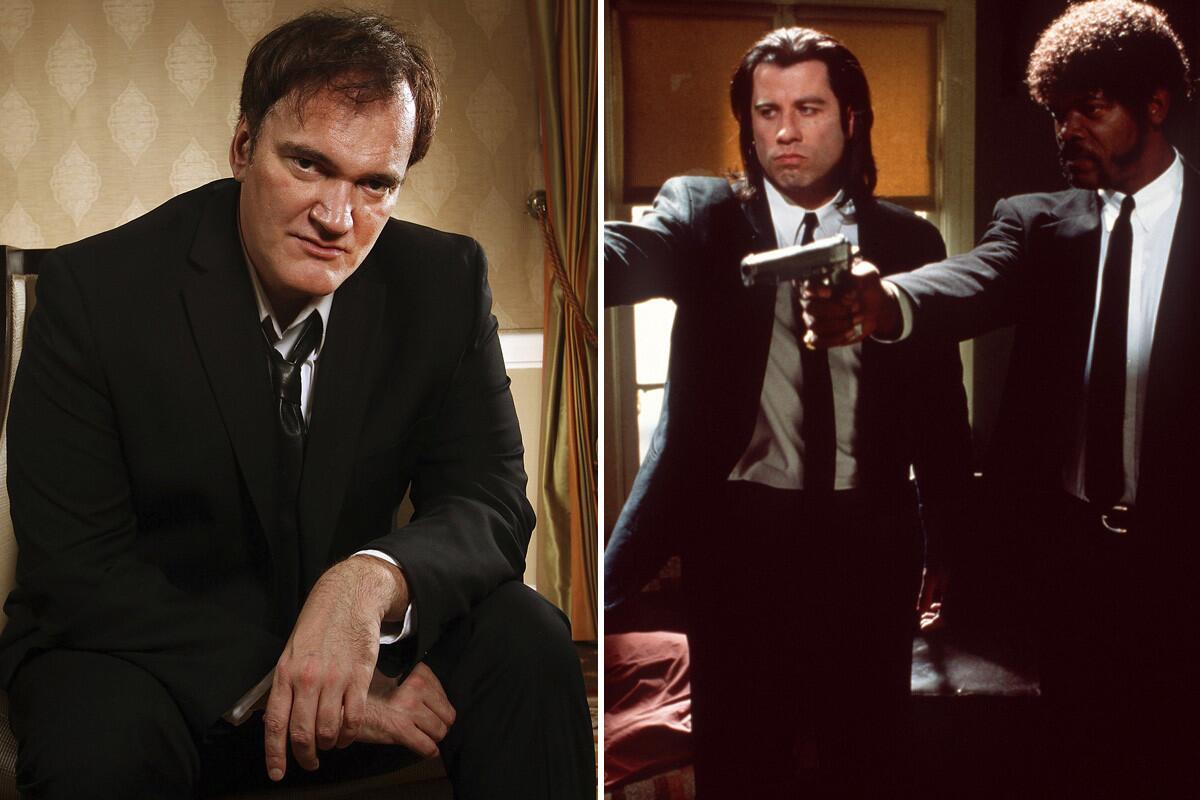
Tarantino’s “Pulp Fiction” (1994), with John Travolta and Samuel L. Jackson, premiered at the Cannes Film Festival and won the highest honor at the event. That was on top of an Oscar win for screenplay and an additional six nominations, including best picture. (Kirk McKoy / Los Angeles Times; Warner Bros.)
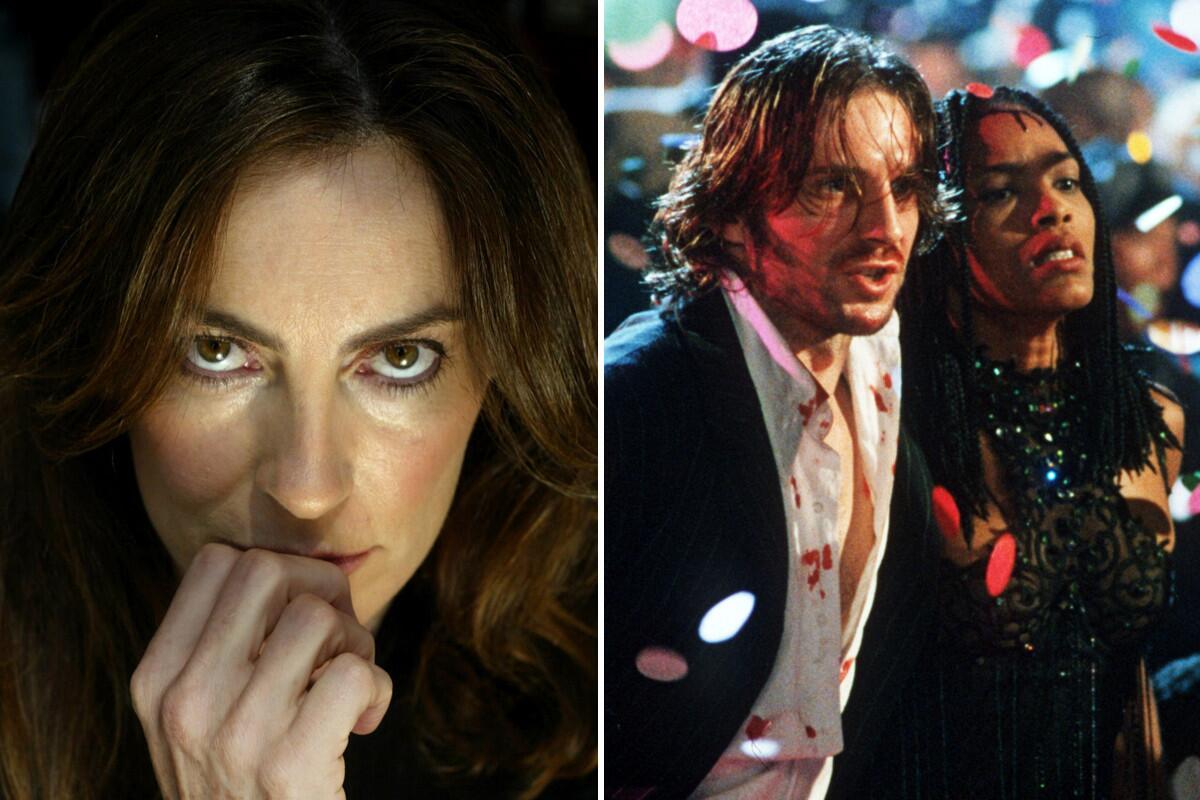
When Bigelow released a trilogy of action films -- “Blue Steel” (1990), “Point Break” (1991) and “Strange Days” (1995), with Ralph Fiennes and Angela Bassett -- she became a director who could satisfy the mainstream market while maintaining her own auteur. (Genaro Molina / Los Angeles Times; Merie W. Wallace)
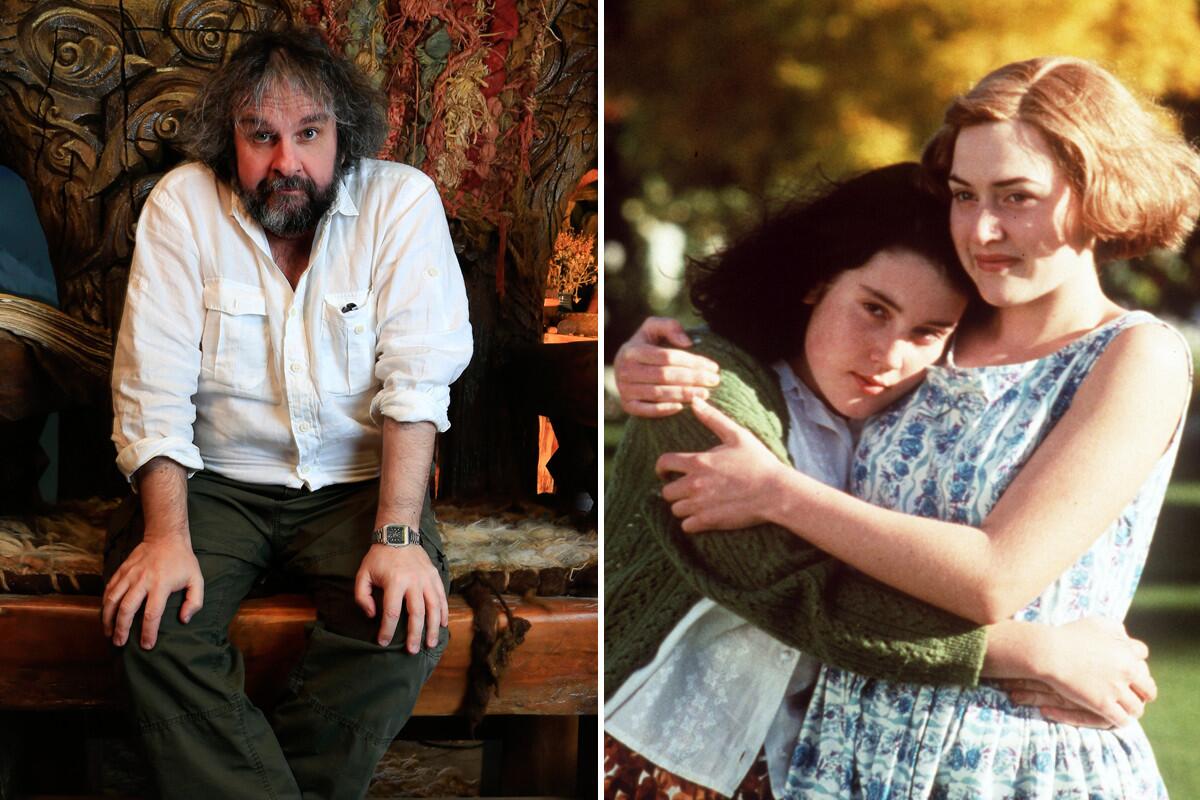
The success of Jackson’s disturbing film “Heavenly Creatures” (1994), with Melanie Lynskey and Kate Winslet, attracted the attention of American company Miramax, and elevated Jackson to mainstream prominence. (Mark Boster / Los Angeles Times; Pierre Vinet Universal)
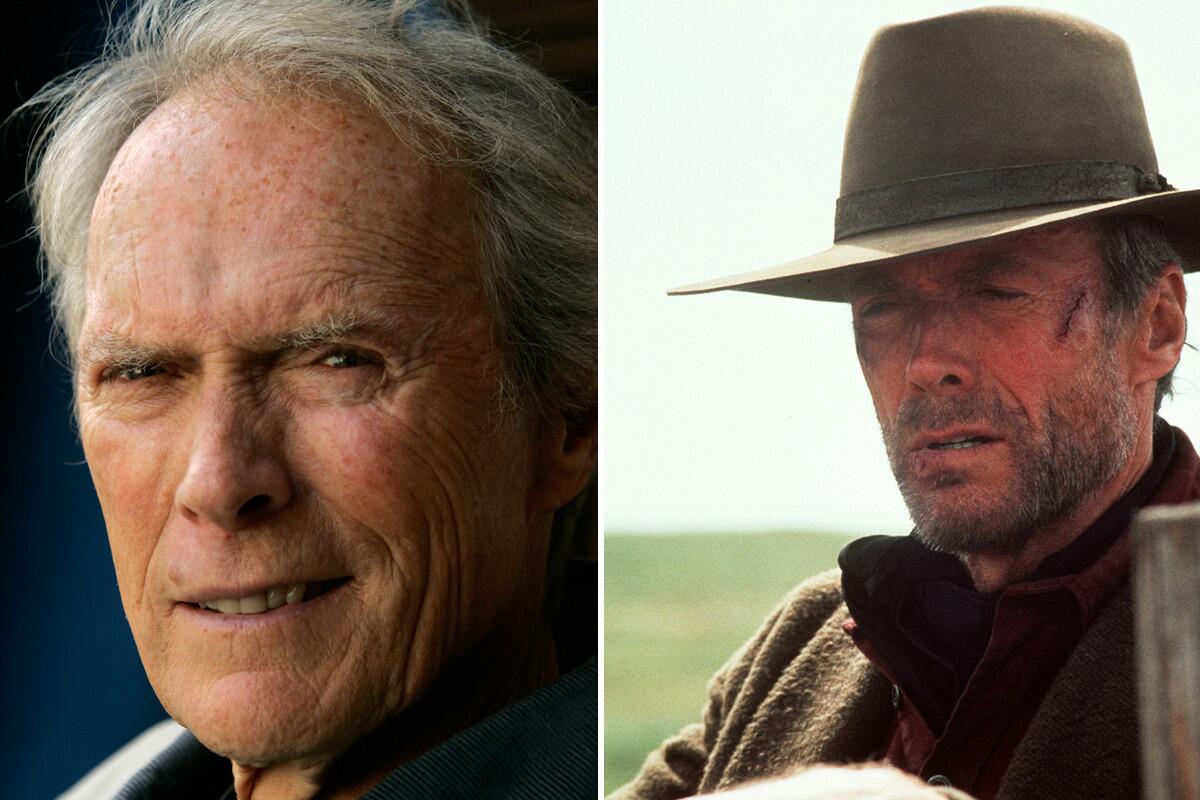
Eastwood’s 1988 biopic “Bird” made him a rising director. But when he bounced back with his self-directed and self-starring Western “Unforgiven” (1992), he won an Oscar for best picture as well as director, and a nod for lead actor. (Mark Boster / Los Angeles Times; Warner Bros.)
Advertisement
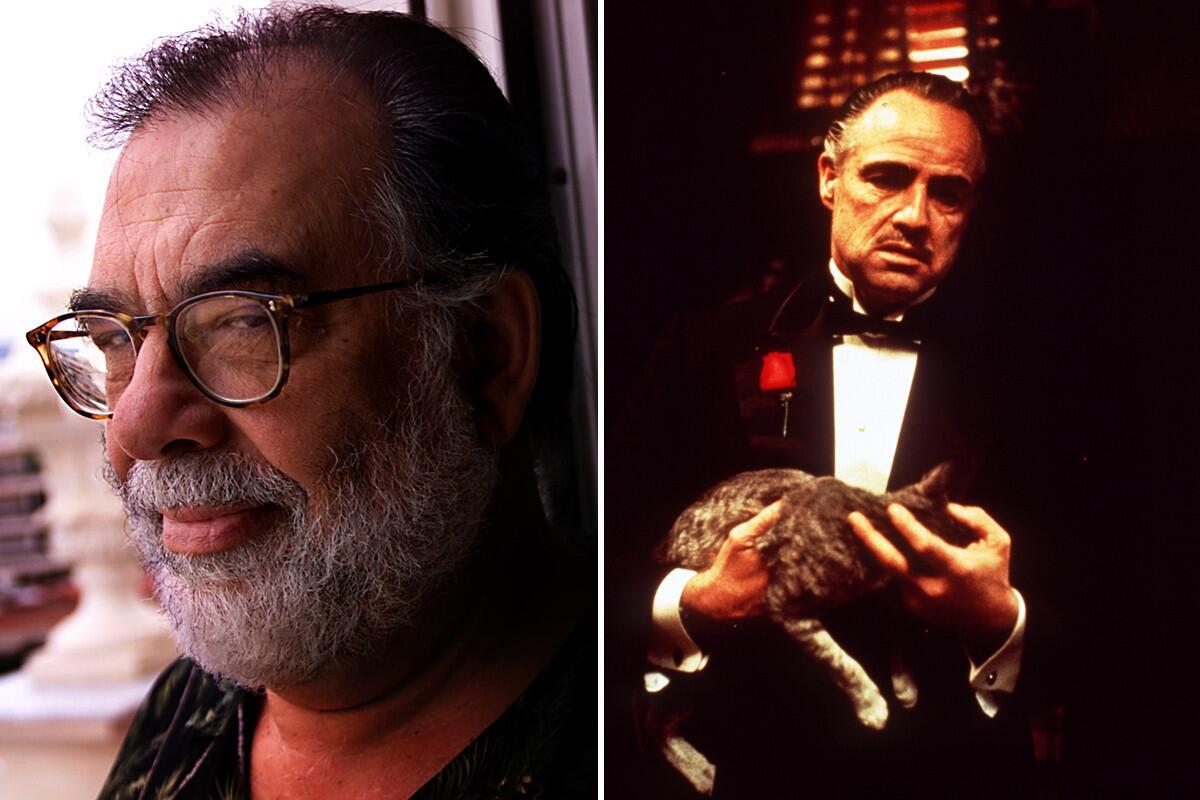
Coppola’s “The Godfather” (1972), with Marlon Brando, won the Oscar for best picture, and when Coppola came back with the second installment, it became the first sequel to also earn the best picture Oscar. (Robert Gauthier / Los Angeles Times; Paramount Pictures)
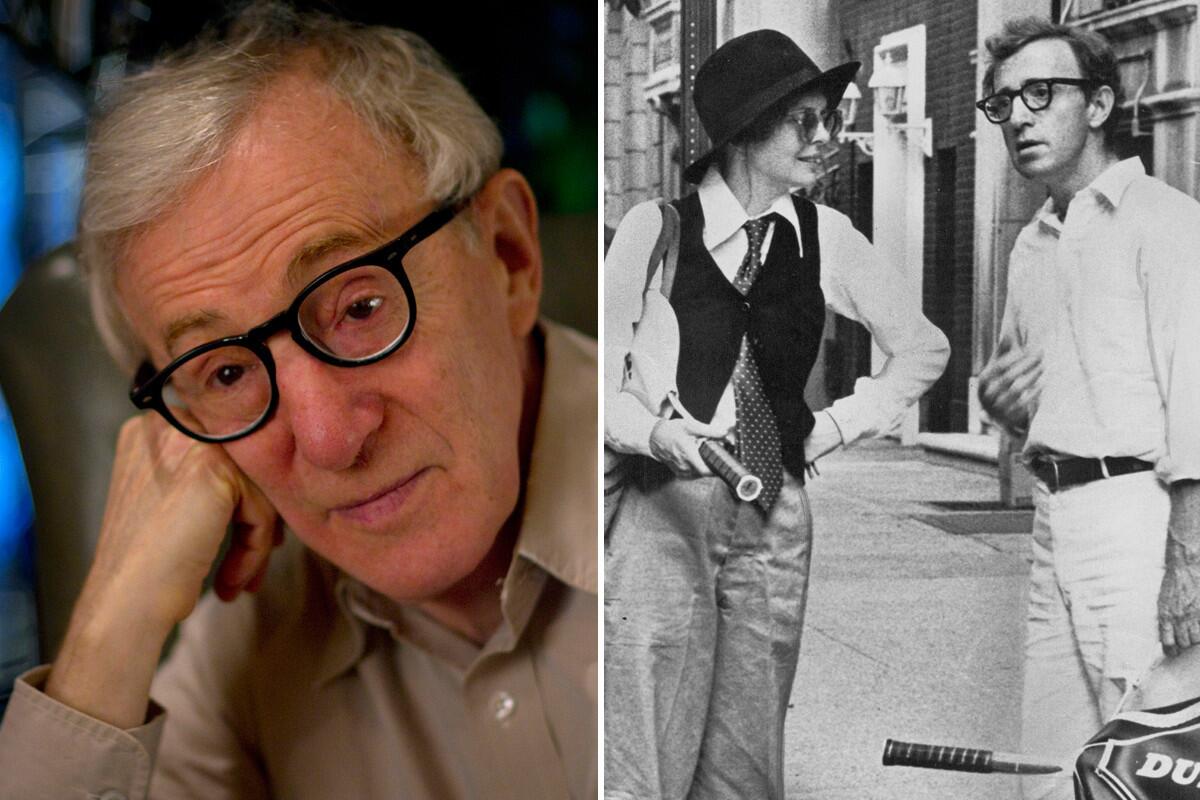
Allen’s “Annie Hall” (1977) set the standard for the modern romantic comedy. With actress Diane Keaton as his lead, Allen showed what would become his strong suit: creating strong female leads in his films. (Liz O. Baylen / Los Angeles Times; file )







